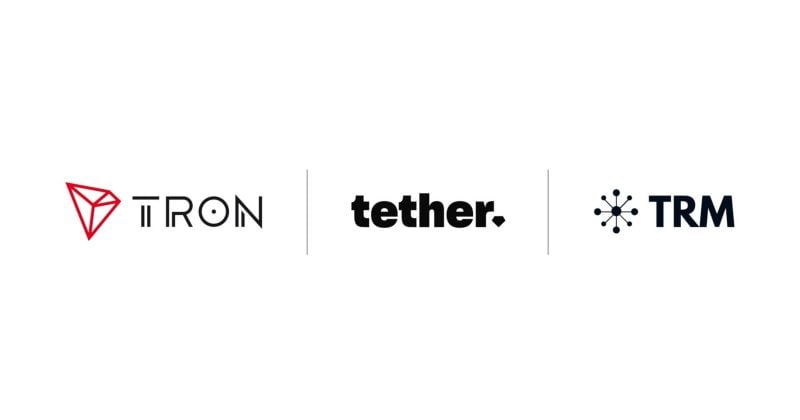As we enter 2025, many questions hover over crypto—and not just those about prices and regulation. The underlying technology powering some of the industry’s most popular tools is also poised to change in the new year, and those shifts could have major implications for users.
For our annual Crypto Crystal Ball series, we're taking a hard look at the narratives likely to shape the coming year, and how they’re likely to impact you.
Following a look at how much political capital Donald Trump may be willing to spend on the crypto industry’s top priorities, here’s how an upcoming tech upgrade to Ethereum could finally pave the way to crypto going mainstream at a consumer level.
For years, the crypto industry has prayed for the arrival of mass adoption. But time and again, on-chain products and experiences have failed to attract as many users as their Web2 rivals.
A key update to Ethereum, penciled for February, could change that—by making on-chain apps much, much easier to use for everyday consumers.
David Silverman, senior vice president of strategic business initiatives at Ethereum scaling project Polygon, told Decrypt that during the 2021 crypto bull market, millions of people were interested in exploring on-chain apps—but the tech wasn’t ready. Come the looming 2025 bull cycle (knock on wood), Silverman says crypto products will finally be up to snuff.
“This next cycle, if we do see a mass inflow of interest, we will be able to show a proper example of what we think the Web3 future is,” Silverman said, “as opposed to just glimmers of hope.”
Why? Developers say Ethereum’s upcoming Pectra upgrade will eliminate barriers that have previously made on-chain apps a headache. Goodbye gas fees and special wallets for navigating smart contracts; hello signing transactions with FaceID—and surfing some on-chain apps without having to sign any transactions at all.
One key innovation in Pectra will grant smart wallet functionality to the types of basic wallets issued by mainstream companies like Coinbase and MetaMask. Come February, users of those wallets will be able to pay gas fees on Ethereum and all L2s with any crypto of their choosing, including stablecoins. They will also be able to sign for transactions with universal tools like Apple’s FaceID and TouchID.
Those effortless signing mechanisms will now also be capable of enabling “much more complicated on-chain interactions with a single click,” Mark Tyneway, the co-founder of Ethereum layer-2 network Optimism, told Decrypt.
Take session keys, for example. Previously impossible, session keys will soon allow ordinary crypto users to navigate a site or app for hours while completing dozens of secure on-chain interactions—all without the user knowing what’s happening on the backend.
“You could put the entire Instagram experience on-chain without it feeling like it,” Tyneway told Decrypt. “It's going to unlock a massive wave of innovation.”
Polygon’s Silverman says Pectra will soon allow many crypto app developers to create seamless experiences where gas fees are sponsored and transaction signings are abstracted away—leaving products that look and feel like leading Web2 apps, but offer distinctive Web3 perks.
“Crypto UX is about to level up,” Silverman said. “This is the unlock.”
Daily Debrief Newsletter
Start every day with the top news stories right now, plus original features, a podcast, videos and more.

 3 days ago
6
3 days ago
6








 English (US) ·
English (US) ·